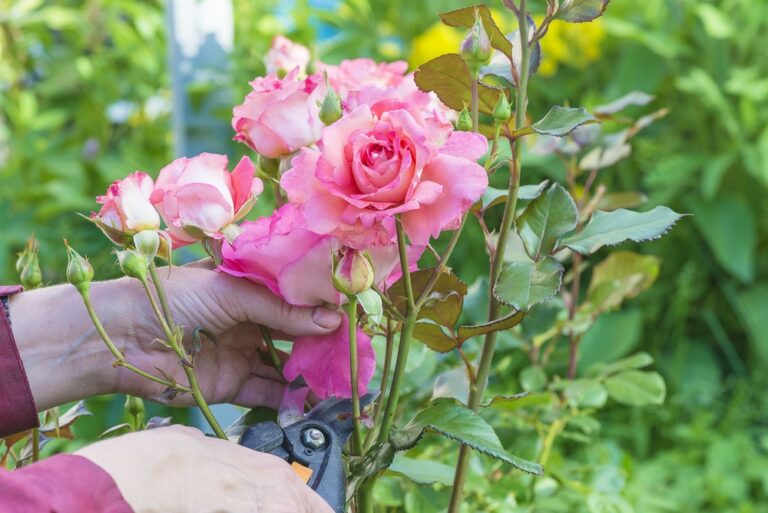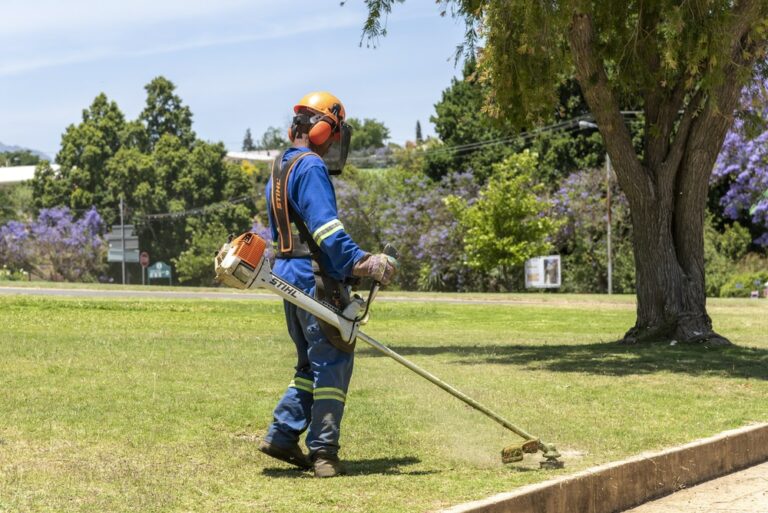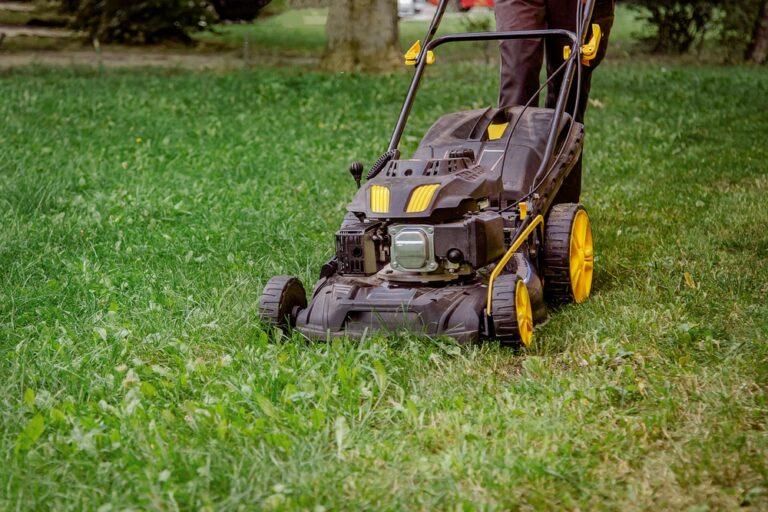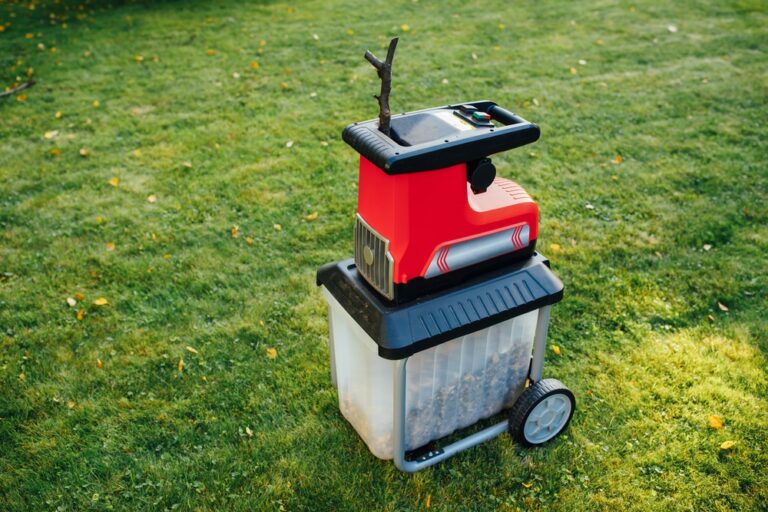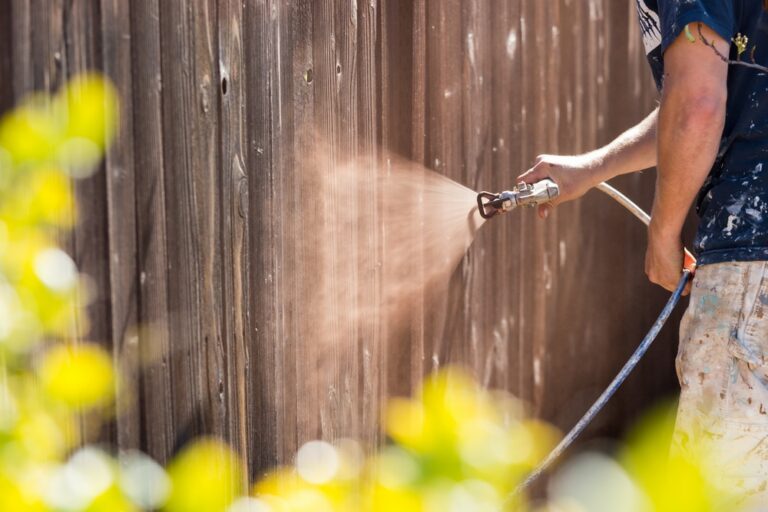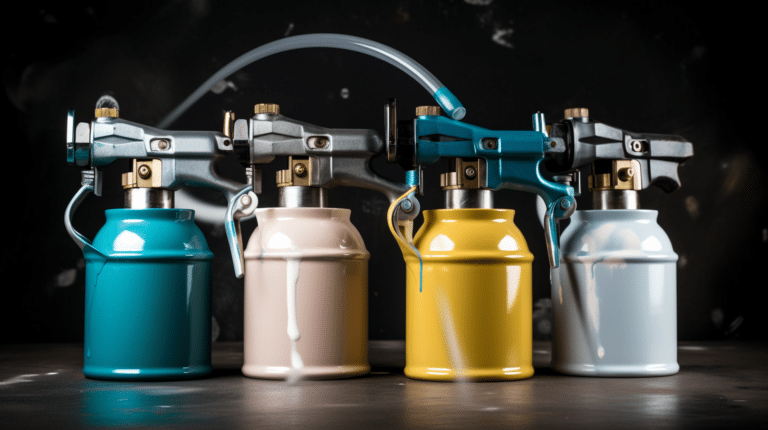You know there are plenty of ways to clean your patio, from blasting the stone and paving slabs with a pressure washer to using a brush and some washing up liquid to tackle unwanted stains. Patio cleaner is just one of the many tools that can make cleaning your patio quicker and simpler.
However, if you’ve never used patio cleaner before, you might be wondering where to begin. For anyone keen to make their garden and paving look as good as possible, here are some quick tips on how to use patio cleaner and get rid of horrible messes.
Why Do You Need to Clean a Patio?
It’s easy to assume you can ignore various parts of your garden when you move into a new home. While you know you need to keep the lawn trimmed and rinse the patio furniture from time to time, you don’t always assume that paving slabs and concrete require the same treatment.
Unfortunately, over time, patio pavement can quickly fall victim to a mixture of weeds, stains, and debris, which leave your home looking less attractive. Washing the surface of your patio and cleaning concrete paving slabs from time to time will help to keep your property looking its best.
Patio cleaner is a special kind of substance you can mix with warm water to tackle some of the more complex stains when you’re cleaning your patio. The right cleaner can get rid of clinging green substances like lichen, algae, moss, and fungi. A good mix will also deal with stains that your standard warm water and washing up liquid can’t handle.
Cleaning your patio with the right washing solution should also help to get rid of unwanted weeds, although you may need to look into a weed removal system too. When cleaner gets between the joints in your pavement slabs, it can wash away mould and fungi, making it easier to scrub the surface until it looks as good as new.
Before Using Patio Cleaner
If you’re new to cleaning dirty patios, it’s important to take some time to prepare for your scrubbing session. This is particularly true if you’re using a patio cleaning solution around plants and green areas you want to keep fresh and healthy.
Start by reading the advice on the patio cleaning substance carefully. The mixture should provide information on methods for cleaning your patio, as well as how much water you need to mix with the solution. If you want to target specific areas of your patio, you can also look into getting a patio cleaner with unique tips that allow you to spray the substance into certain joints and spaces.
Check your patio cleaner on a small portion of concrete before you use it fully to check that it doesn’t affect the natural colour of your patio. It’s also important to keep pets and children out of the way when you’re cleaning your patio with a chemical mixture, as the substance can sometimes act like acid, burning dog paws and causing discomfort.
Preparing to Clean Your Patio

The best time to clean your patio is often on a dry day when you can do all kinds of other garden maintenance at the same time. If you’re trying to tackle mould and moss in between your patio paving slab joints, any rain or wind could direct the cleaner away from the stubborn areas that need it most.
Like most gardening maintenance jobs, cleaning your paving is also something you need to plan to do regularly. The more you scrub your paving over the year, the longer it will last. Although it’s best to clean when the weather is dry, you can still use these patio cleaning tips to get rid of stubborn debris and stains during the winter too.
When preparing to clean your patio, make sure you have access to plenty of warm water for your chosen cleaning method. You may need some additional tools depending on the condition of your patio. A sharp tool or scrubbing brush will help to remove mould from between paving slabs, as well as get rid of debris, moss, algae and weeds.
How to Clean Your Patio and Paving
Put on a pair of overalls or something similar to stop your clothing from getting wet while you clean your patio, and remove any furniture you don’t want to get wet too.
Once you’ve removed your patio furniture and given yourself plenty of space to work, you can begin cleaning your patio. Follow the instructions on the patio washing liquid of your choice. You may need to mix the liquid with some warm water before applying it to your paving.
Before you clean your patio, take some time to remove weeds and moss from between the gaps in the pavement. You can choose a range of ways to kill weeds. Some people use their power washers to blast weeds out of difficult cracks. Others use weed killer, while some can simply apply some pressure to remove the roots from between the paving.
Then, follow these steps to get started on the cleaning process:
Step 1: Apply The Mixture
Spray the patio cleaner around your patio slabs carefully, following the instructions provided on the mixture. Make sure that you check the contents of your cleaning product and ensure the ingredients are suitable for your patio materials. If you have a concrete patio, for instance, applying acid-based substances for cleaning patio slabs isn’t a good idea.
Top Tip: Before scrubbing, remember to test your solution on a small area of pavement to ensure it doesn’t bleach your paving or cause any damage to the surface.
Step 2: Start Scrubbing
Once you’re confident, you can use a scrubbing brush to apply a small amount of pressure to the paving, rubbing in circles to get rid of the moss, algae, and other substances on your paving. You should use gloves to protect your hands from getting wet from the mixture and rinse your hands thoroughly afterwards.
After scrubbing the spots with the most surface algae, moss and dirt, use a long-handled brush to brush the remaining scum away from your paving. As you move the brush, you should see the bristles moving through the algae, dirt, and moss with ease.
Step 3: Rinse
Finally, you can rinse your patio. Depending on the kind of outdoor patios you have, it might be best to use a bucket of water or your average garden hose. Some patios aren’t equipped to handle the pressure of power washer products. If you can use pressure washing to clean your patio, this can be a quick and simple way to remove soapy water and rinse away unwanted substances.
Top Tip: Be careful to direct your power washer water away from any grass or plants you don’t want to damage with your cleaning products. Washing bleach and other substances into your garden with a pressure washer can stop plants from growing.
If you don’t have a power or pressure washer, you can use a bucket of water or a normal hose to wet the patio after applying your chemicals and rinse off the remaining cleaning substances.
Does Patio Cleaner Kill Grass?
Before you use a patio cleaner on your paving, it’s important to remember that patio cleaner chemicals can kill grass and other plants. If you’re worried that you’re going to end up damaging your lawn with chemicals, you can look into other options for cleaning the patio instead.
Bleach and other bleach-based cleaning materials are also going to damage your grass, so you may need to consider a more environmentally friendly option. Many experts recommend using soapy water to remove various kinds of stains, dirt, and algae from the surface of your patio. All you need to do is wet the patio with your warm water and soap mixture and scrub with a hard-bristled brush.
Other household cleaning products can also have a positive impact on your outdoor paving. For instance, vinegar and baking soda are great for removing stains, but they can sometimes bleach your concrete. If you wet your grass with vinegar, you might also find it has the same impact as bleach on future lawn growth.
The best option may be to use a pressure washer instead. With a pressure washer, you can carefully direct the flow of your pressure washing equipment and make sure you only get the patio. This method is particularly helpful if you need to get mould out of difficult-to-reach places and remove stains from dirty furniture around your lawn.
Although high-pressure water can damage your lawn if you’re not careful, it’s also fully natural, so it won’t stop the lawn from growing back properly.
Final Thoughts
There’s no one right way to clean a dirty patio. Some people prefer to use a bucket, broom, some vinegar and baking soda to get rid of stains. Other people prefer a process that makes the most of power washing tools. This way, you don’t have to worry about scrubbing as hard. A pressure washer can end up getting your whole garden wet, however.
If you’re new to cleaning patios, you can always experiment with different methods, but knowing how to use patio cleaner is a great start. Make sure you pay attention to how each method affects your plant life, grass, and paving stones.


